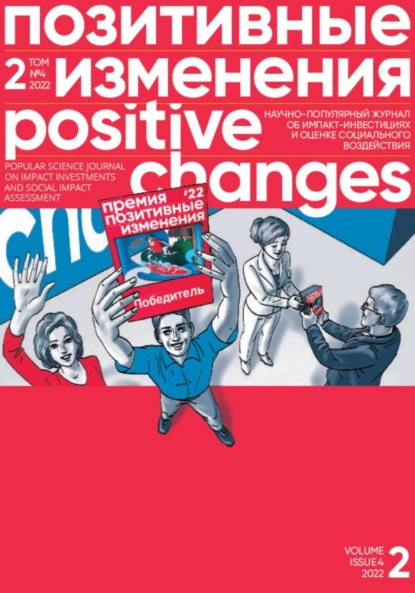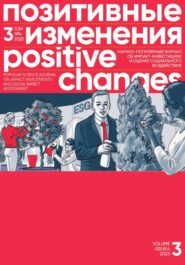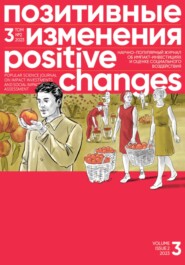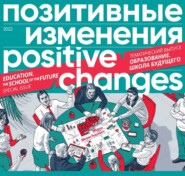По всем вопросам обращайтесь на: info@litportal.ru
(©) 2003-2024.
✖
Позитивные изменения. Том 2, №4 (2022). Positive changes. Volume 2, Issue 4 (2022)
Настройки чтения
Размер шрифта
Высота строк
Поля
84
The Archives of Saemaul Undong (New Community Movement). (2012). Retrieved from: https://ru.unesco.org/sites/default/files/korea_saemaul_undong.pdf. (accessed 12.12.2022).
85
This publication was supported by the 2020 Korean Studies Grant Program of the Academy of Korean Studies (AKS-2020-R-94).
86
EREPORT.RU. (2022). Economy of the Republic of Korea (Economy of South Korea). Retrieved from: http://www.ereport.ru/articles/weconomy/skorea.htm?ysclid=lcrvftprwf913528172. (accessed: 12.12.2022).
87
The main historical stages and events in the development of the Saemaul movement are presented on the website of the Saemaul Center: https://www-en.saemaul.or.kr/sub/aboutSMU/history.php.
88
A map of the areas participating in the Saemaul program is available on the website of the Saemaul Center: https://www-en.saemaul.or.kr/ sub/globalSMU/overseas.php.
89
The Archives of Saemaul Undong (New Community Movement). (2012). Retrieved from: https://ru.unesco.org/sites/default/files/korea_saemaul_undong.pdf. (accessed 12.12.2022).
90
Ежегодные каталоги «Социальное предпринимательство России» (2014–2020) можно скачать на сайте soindex.ru
91
В основе движения Slow Food лежит создание заведений общественного питания, не похожих на фастфуд, – предоставляющих более здоровое питание, а также сохраняющих традиции национальной и региональной кухни, поддерживающих культуру традиционного застолья.
92
Annual issues of the "Social Entrepreneurship in Russia" catalog for 2014–2020 can be downloaded at www.soindex.ru
93
At the heart of the Slow Food movement is the creation of catering establishments that are alternative to fast food – providing healthier meals and preserving the traditions of national and regional cuisine, supporting the culture of traditional feasting.














